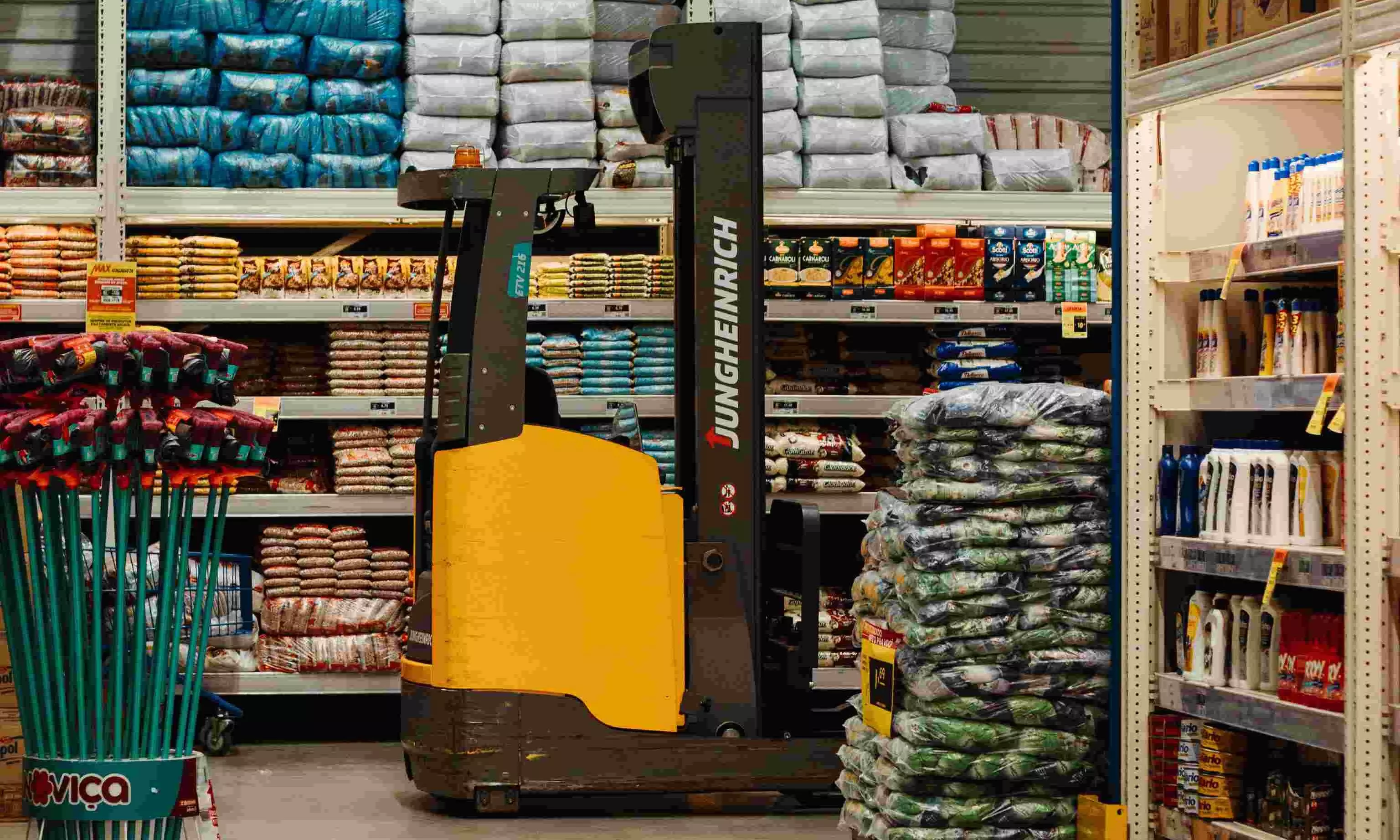5 ways to avoid out-of-stock inventory

As a retailer, the last thing you want to tell your customers is "We are out of Stock".
Stockout happens when the stock for a particular product is depleted. Online shoppers will find stockouts to be even more frustrating. They get no clear indication as to whether the shortage was caused by a minor technical issue or a disruption in the retailer's supply chain.
Stockouts and product unavailability are frequently confused as the same thing. For instance, in 2011, when India hosted the finals of the Cricket World Cup, blue jerseys were completely sold out on the day of the game. This is a prime example of a product being unavailable.
However, say these jerseys were available at your competitor's store but sold out at your store branches due to incorrect demand forecasting or supply chain concerns. This would have been a stockout.
Consequences of stockouts
Stockouts have been a major cause of worry for retailers across the globe. Here are some major challenges they can cause:
Lost sales
According to Retail Dive, out-of-stock conditions can cost retailers a whopping $1 trillion in global sales.
Reduced customer satisfaction
Out-of-stock situations will cause customer frustration and drive them to your competitors. Studies reveal that 91% of customers are not willing to return to the same store after a bad experience.
Brand and reputation damage
We live in a digital age where a single unfavorable review on your website can reduce the volume of visitors to your page. Customers who are dissatisfied with your services or products may leave negative reviews. This will surely harm your company's reputation.
The decline in business growth
Imagine you are in the apparel business. During the holiday season, as the demand for festive clothes increases, you may find that your favorite kurta is out of stock. For instance, say you sell 15 pieces per day at a unit price of Rs 1000. If your product remains out of stock for three days, your cost of stockout for a single product adds up to Rs 45000.
If the cost of a stockout is Rs 45000 for a single day, imagine how badly stockout for multiple products can impact you!
Factors contributing to stockout conditions
Stockouts don't happen due to unknown forces. They happen due to tangible reasons. Here are some of the most common reasons for running out of inventory.
Flaws in data and reporting
Inaccurate inventory is a common challenge many retailers face. Their most pressing issues are:
● The discrepancy between the number of products in stock units and the actual items on shelves
● Erroneous Item Counts
● Faulty Data Synchronization
● Product Theft
● Technical/Human Errors
Poor demand forecasting
When you have poor demand forecasting, your inventory will often be too low or too high. This means that you're either not selling enough products or spending money on products that aren't being sold.
Inadequate stock replenishment
Stock replenishment is a result of poor planning, lack of control over when and how much inventory is ordered, or poor communication between the departments of purchasing and inventory management.
Delivery and logistics issues
Challenges can arise out of a failure to deliver items to your customers due to factors such as
● Incorrect addresses
● Shortage of materials
● Insufficient supply
● Inability to meet supplier demand
● Wrong items being loaded at the delivery center
● Warehouse storage issues and more
Supply chain errors are not new to retailers. According to studies, disruptions in logistics and supply chains can cause a 62% financial loss.
5 Important ways to prevent stockouts
Follow these five critical actionable steps and strategies to help you avoid stockouts.
Keep a tab on item counts
Keep a track of your inventory levels to determine when to restock or reorder products for your warehouse. To ensure that there are enough products in stock when you need them the most, your inventory software should notify you when your stock is running low on specific items.
Improve your demand forecasting
Forecasting demand requires knowledge and experience. Historical analysis and statistical modeling are the two most important techniques for demand forecasting. Historical trend analysis is a mapping of past demands based on a series of similar trends and patterns. Statistical modeling, on the other hand, goes through regression analysis, where future demand forecasts are projected based on a variety of factors including location, demography, spending analysis, and seasonal cost increase. Anticipate your demand effectively based on previous forecasts and market results.
Accurate logistic management
Retailers need to find the right balance when coordinating between suppliers and customers. If your suppliers drop the ball, this will impact your brand and the end user. Always keep a drop shipping partner as a buffer to fulfill the orders your supplier missed.
Keep a buffer for your Inventory
The best way to prevent inventory stockouts is by having a safe stock. The rule of thumb is to stock up to 20% more products than you anticipate selling in a given period (e.g., one month). This will allow you enough time to purchase new products from your supplier. You can also deal with unforeseen issues such as delayed shipments, unexpected seasonal demand spikes, and other unanticipated problems. These could lead to a shortage in inventory.
Digitize your inventory data
Automating inventory data can help reduce human errors significantly. Many tools can help track your inventory, send purchase orders, and automate your workflow. Radio-frequency identification (RFID) technology is one such helpful tool. RFID Journal reports that automation with the RFID tool can increase inventory accuracy by 30% and significantly decrease stockout situations by 50%. It enables you to trace delivery items, minimize cycle counts and most importantly help you to find the products quickly.
The views and opinions expressed in this article are those of the author and do not necessarily reflect the views of Indian Transport & Logistics News.

Prashant Lohia
Prashant Lohia is the founder and chief executive officer of the cloud-based, retail management software suite for retail businesses Ginesys.


